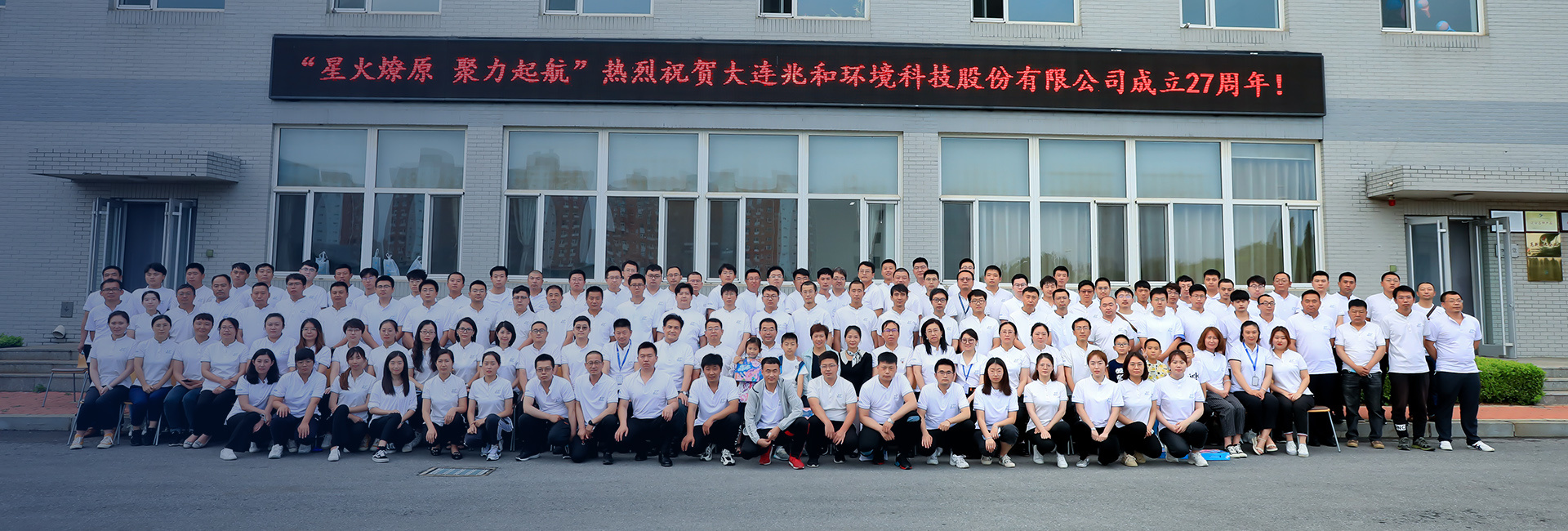Megaunity official website www.megaunity.com (hereinafter referred to as "this website") attaches great importance to the privacy protection of users (hereinafter referred to as "you"). To provide you with more accurate and high-quality services and a secure Internet environment,
In accordance with the Network Security Law of the People's Republic of China, the Personal Information Security Specifications for Information Security Technologies and other relevant laws, regulations and technical specifications, this website has formulated the Privacy Protection Terms. Comply with the principle of justice, legality and necessity
We may collect and use your relevant information when you use this website. The Privacy Protection Terms are applicable to your interaction with this website and the services for users to register, log in and use this website
We suggest that you carefully read the Privacy Protection Terms to help you understand how to protect your privacy and make appropriate choices according to the guidance of the Privacy Protection Terms when necessary. Privacy Protection Terms
The clauses in which your rights and interests are (may be) significantly related have been distinguished in bold. Please read them carefully.
By using this website, you mean that you fully understand and agree with all the contents of our Privacy Protection Terms.
1、 Information collection
(1) This website follows the principles of legitimacy, legality and necessity, and collects and uses the letters that you actively provide in the process of using this website or generated by using the service for the following purposes under the Privacy Protection Terms
Interest. If we want to use your information for other purposes not specified in the Privacy Protection Terms, or use the information collected with other specific purposes for other purposes, we will inform you in a reasonable way and
With your consent. When we provide services, we may collect, store and use information related to you. If you do not provide relevant information, you may not be able to register as our user or enjoy some of the information we provide
Service, or the effect that the relevant service is intended to achieve cannot be achieved.
(2) When you visit this website anonymously, you can visit this website and obtain information. The system of this website will automatically collect your IP address and website browsing information, and you clearly know and agree with the information collection behavior of this website.
However, when using some functions on this website, this website needs to collect your information.
(3) When you register this website, you need to provide this website with your mobile phone number, name, SMS verification code, certificate type, certificate number and other information; If you register a corporate account, you need to provide your
Legal person type, unit name, unified social credit code, license number, legal person name, legal person certificate type, country/region, legal person certificate number, legal person representative mobile phone number and other information, and agree that this website passes the verification
Verify the validity of relevant information in the way of your ID card information.
(4) When you log in to this website, you need to provide this website with your mobile phone number+login password or mobile phone number+SMS verification code, and agree that this website will verify the validity of the login information you provide. If you do not
By providing the above information, this website will not be able to provide you with the services that you need to log in to use.
(5) When you reset the login password of the website, you need to provide the website with your mobile phone number information, and agree to the website to verify the validity of the mobile phone number information.
(6) When you improve your information, you can optionally fill in or change your other information, such as email address, region, etc. according to your own needs. However, if you do not provide such information, your normal registration and registration will not be affected
Record the use of this website service. And without your consent, this website will not disclose the optional information.
2、 Information use
(1) The personal information you provide to this website will be de identified, encrypted or anonymous by technical means, and may be used for the following purposes:
1. Verify the user's identity and provide corresponding services;
2. Execute the user's instructions, respond to the user's queries, suggestions or reports proposed by or on behalf of the user;
3. Used to compile traffic statistics related to website use;
4. Inform users of relevant information by sending SMS, email or other means;
5. It is used for other purposes specially designated by the user when providing information, such as XX.
(2) Without your consent, this website will not provide any personal information of users to any third party, except for the following reasons:
1. Those directly related to national security and national defense security;
2. Those directly related to public safety, public health and major public interests;
3. Directly related to criminal investigation, prosecution, trial and judgment execution;
4. It is difficult to obtain your own consent in order to protect your or other personal life, property and other major legitimate rights and interests;
5. The personal information collected is disclosed to the public by yourself;
6. Personal information collected from legally disclosed information, such as legal news reports, government information disclosure and other channels;
7. Related to the obligations stipulated by laws and regulations, regulatory requirements, or relevant provisions of the competent industry authorities;
8. To maintain the ownership and relevant rights of this website.
3、 Information sharing, transfer and public disclosure
(1) Share
This website will not share your personal information with companies, organizations and individuals other than this website, except for the following circumstances:
1. Obtain your express consent in advance.
2. Sharing under legal circumstances: This website may share your personal information according to laws and regulations, regulatory requirements, litigation dispute resolution needs, or requirements of administrative and judicial authorities.
(2) Transfer
This website will not transfer your personal information to any company, organization or individual. Except for the following:
1. Obtain your express consent in advance.
2. Provide according to applicable laws and regulations, requirements of legal procedures, mandatory administrative or judicial requirements.
(3) Public disclosure
This website will only publicly disclose your personal information under the following circumstances:
1. With your express consent or based on your active choice, this website may publicly disclose your personal information;
2. If this website determines that you have violated laws and regulations or seriously violated the relevant agreement rules of this website, or to protect the safety of this website or the public's personal property from infringement, this website may, according to laws and regulations or this website
Relevant agreement rules of the website publicly disclose your personal information, including relevant violations and the measures taken by the website against you.
(4) Exceptions to obtaining prior authorization for sharing, transferring and public disclosure of personal information
Under the following circumstances, sharing, transferring and public disclosure of your personal information do not require your prior authorization and consent:
1. Those directly related to national security and national defense security;
2. Those directly related to public safety, public health and major public interests;
3. Directly related to criminal investigation, prosecution, trial and judgment execution;
4. It is difficult to obtain your own consent in order to protect your or other personal life, property and other major legitimate rights and interests;
5. The personal information collected is disclosed to the public by yourself;
6. Personal information collected from legally disclosed information, such as legal news reports, government information disclosure and other channels;
7. Related to the obligations stipulated by laws and regulations, regulatory requirements, or relevant provisions of the competent industry authorities;
8. To maintain the ownership and relevant rights of this website.
4、 Information preservation
This website will store the collected personal information in the People's Republic of China in accordance with laws and regulations and regulatory requirements.
During your use of this website, this website will continue to save your personal information for you. After you cancel the account of this website, this website is only within the period specified by laws and regulations, regulatory requirements, and to achieve the privacy protection
Keep your personal information within the time limit necessary for the purpose stated in the Terms. After the above retention period of personal information is exceeded, this website will delete or anonymize your personal information.
5、 Information security
This website strives to provide security for your personal information to prevent loss, improper use, unauthorized access or public disclosure of information.
(1) In order to protect your information security, this website will use security protection measures that comply with industry standards to protect your personal information under the requirements of relevant laws and regulations and the existing technical level
Administrative security measures reduce the risk of loss, misuse, unauthorized access, disclosure and change, and try to prevent unauthorized access, public disclosure, use, modification, damage or loss of data.
(2) This website has established a special management system, process and organization to ensure the security of information, strictly restrict the scope of personnel accessing the information, require them to abide by the confidentiality obligations, and audit.
(3) If user information is damaged, divulged and suffers losses due to force majeure, computer virus infection, hacker attacks and other special reasons, this website will take necessary measures to try to reduce user losses.
(4) The Internet environment is not 100% secure. We will try our best to ensure the security of your personal information. If the physical, technical, or management protection facilities of this website are damaged, resulting in unauthorized access to information
In case of public disclosure, tampering, or destruction and other personal information disclosure security incidents, this website will launch emergency plans to prevent the expansion of security incidents, and inform you of the relevant information in the form of website announcements or message notifications. At the same time, this website
The disposition of personal information security incidents will also be reported according to regulatory requirements.
(5) When you use this website, it will identify you by your mobile phone number, name, ID number or other identity verification information. Please keep the above information properly. Once you disclose the above letter
Your account information may be disclosed, and your personal rights and interests such as fund security may suffer losses.
6、 User rights
You can view, update and modify the personal information provided to this website through the relevant pages of this website, or ask this website to delete this information.
7、 How to update the Privacy Protection Terms
In case of changes in relevant laws and regulations or changes in the services of this website and other necessary circumstances, if this website needs to make changes to the Privacy Protection Terms, it will be published on this website, which will take effect immediately after being published, and replace the previous relevant content
If you do not agree with the new modifications, please contact the website in time or immediately stop using the services agreed in the Privacy Protection Terms. If you choose to continue using, it is deemed that you fully agree with and accept the new modifications.
8、 Disclaimer
This website does not provide any express or implied warranty for all information, content and services provided by third parties on the website. This website is not responsible for any loss caused by using the above information, content and services.
9、 Other
(1) The establishment, effectiveness, performance, interpretation and dispute resolution of this Privacy Protection Clause shall be governed by the laws of the People's Republic of China; Where there are no express provisions in the law, the prevailing domestic practices may apply.
(2) The partial invalidity or unenforceability of the Privacy Protection Terms for any reason shall not affect the validity of other parts of the Terms.
(3) Matters not covered in the Privacy Protection Terms shall be handled in accordance with laws and regulations, relevant business rules of this website and domestic practices.









